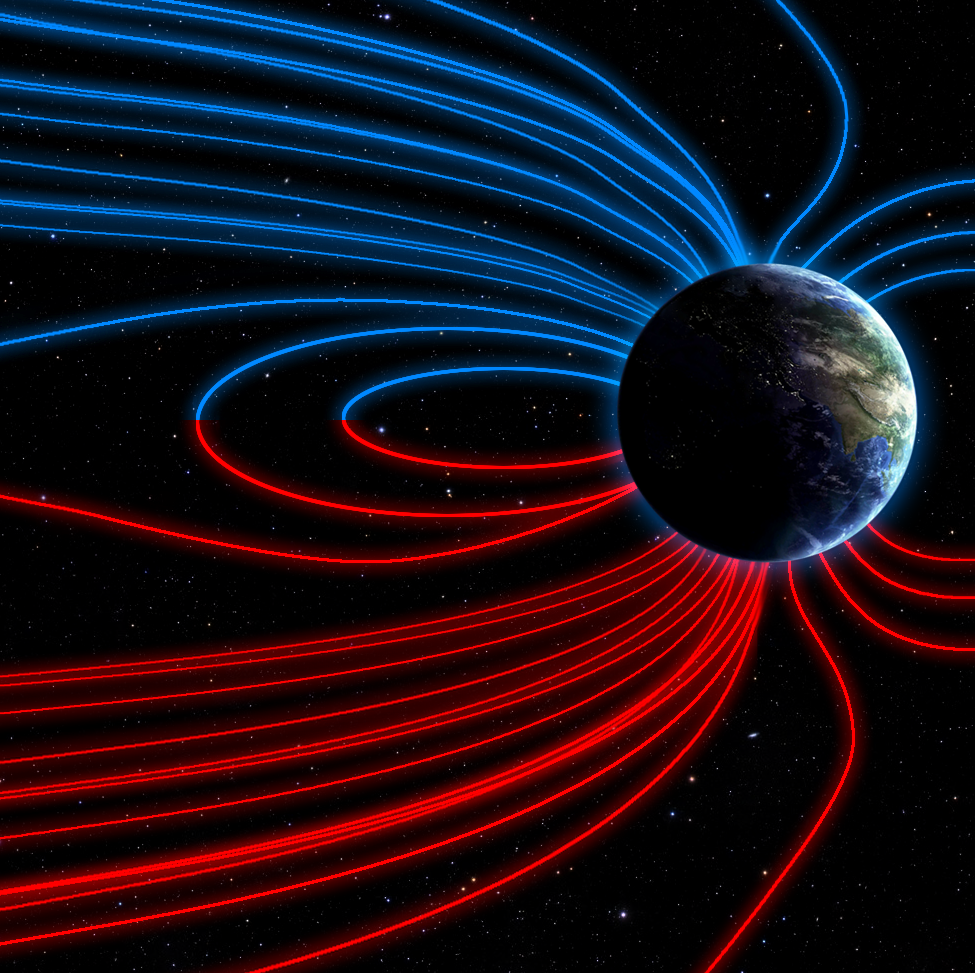January 18, 2017
Watch these two videos from NASA:
The first one, from 2015, is actually quite amazing in my opinion. Remember the description of the landing.
A lot of this looks fake. Let’s just get that out of the way right now. I know that doesn’t mean it is, but the presentation leaves a lot to be desired given the expectation of totally real footage, as was posted on the screen. Furthermore, what happened to the turning of the probe during descent from the first video? The probe supposedly rotated as it came down. Perhaps the engineers factored this in and the camera rotated to keep orientation stable. Still, why does the video released in 2015 look better than the “actual imagery” released last week?
Discuss below…
Showing 11 comments


Billy “Mr2” brought this to our attention, and he and I have no explanation for what was released last week. Both of us are puzzled.
it looks like Anime… I don’t believe anything NASA releases. What are they up to?…
I agree. I mean what could possibly cast a shadow of rings on Saturn? Also if cassini touched down and casted a light, why are the shadows facing it? I won’t even waste my time asking NASA because I asked them 1 simple question and they got mad at me. I said, “why isn’t the space station in space and is hovering around our planet”?
I don’t see a problem here. This is obviously a “reconstruction”, not an actual raw footage, which is understandable as the actual images would be hard to interpret without a context. This video provides some idea about the landing sequence that took place: https://youtu.be/QbmcoL3OqPk
Where is the rotation?
They just don’t show it. The video shows roughly 2 minutes of landing per second of the video itself. Would it be reasonable to rotate the whole image frame 10 times per second, for example?
It might be fun to do that deliberately (maybe even in VR like they’re doing with “Go For Launch: Mercury”?), but that’s quite the other type of entertainment.
The images we see on our pixelated monitors, TVs, movie screens, etc. are by definition “fake” (not a term of optical physics) These images are to be less trusted than real images, or even “virtual” images. Reconstructive images are the best spacecraft can do however. A certain level of further reconstructive fakery is inescapable to provide clarity in this excellent video.
Nice CGI…
A few thoughts:
1. The first video and Eugene’s link show the 2 black ridges at the top. the second video, the one in question, shows them rotated about 80 degrees counter clockwise. I wonder why.
2. One would have to consider the frame rates of the cameras. In order to show one orientation on a rotating platform you can only use frames captured when the probe is facing that direction. good trick?
To “American Nurse’s” point, the line between reality and fantasy is getting more blurred.
Very interesting. Thanks for sharing the 0bservation.
Carlos from Costa Rica.
Eugene’s link of the Descent Imager/Spectral Radiometer shows transparently what NASA’s video “reconstructs,” IMO. It’s excellent! Very information laden and fascinating to absorb; radiometer data is pure data. Consulting multiple sources is always necessary. The Karkoschka published DISR Team video invites its audiences’ intelligence to participate in comprehending what is shown. NASA’s video/s in general would be more truthful, appealing, and instructive if their technical lab crew delineated which of their imagery is reconstruction; animation; and “raw.” …and get rid of those disproportionately large, distracting captions that cover up more valuable visual information/context.